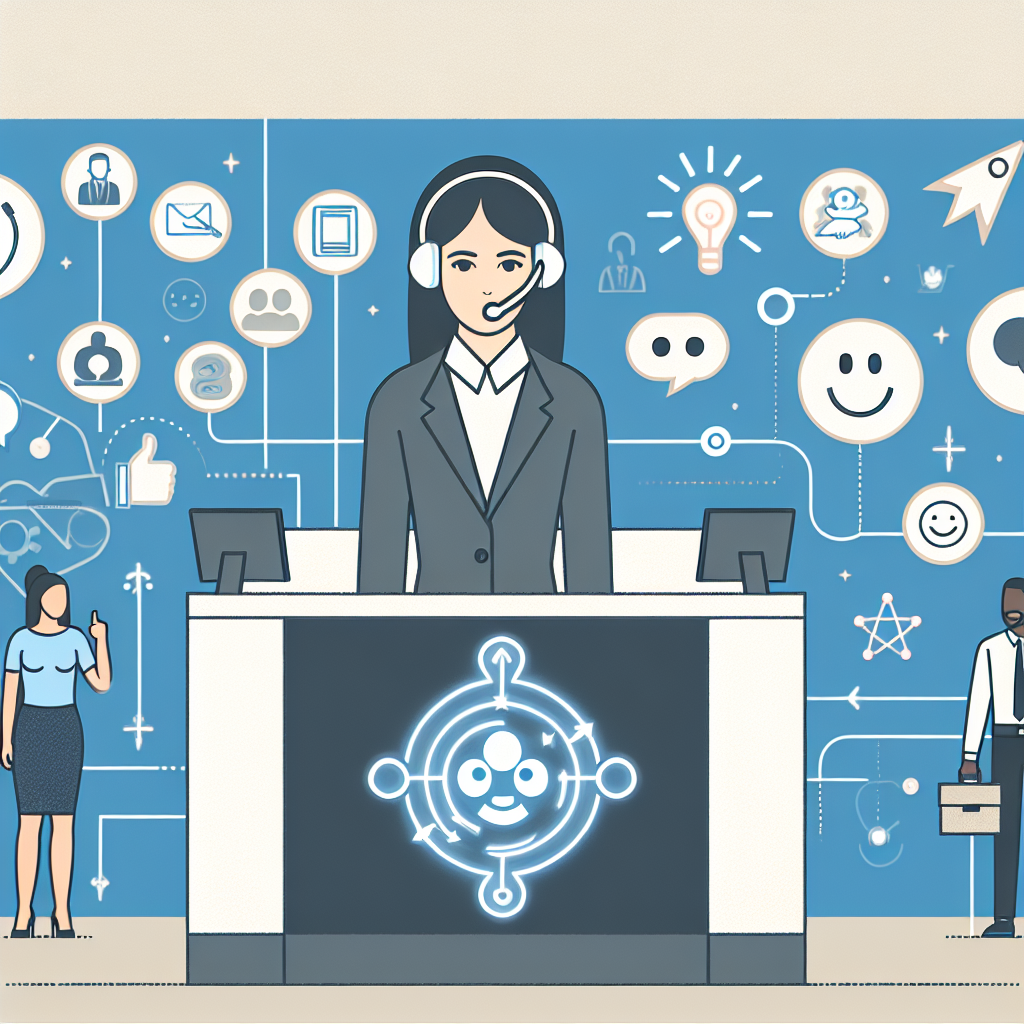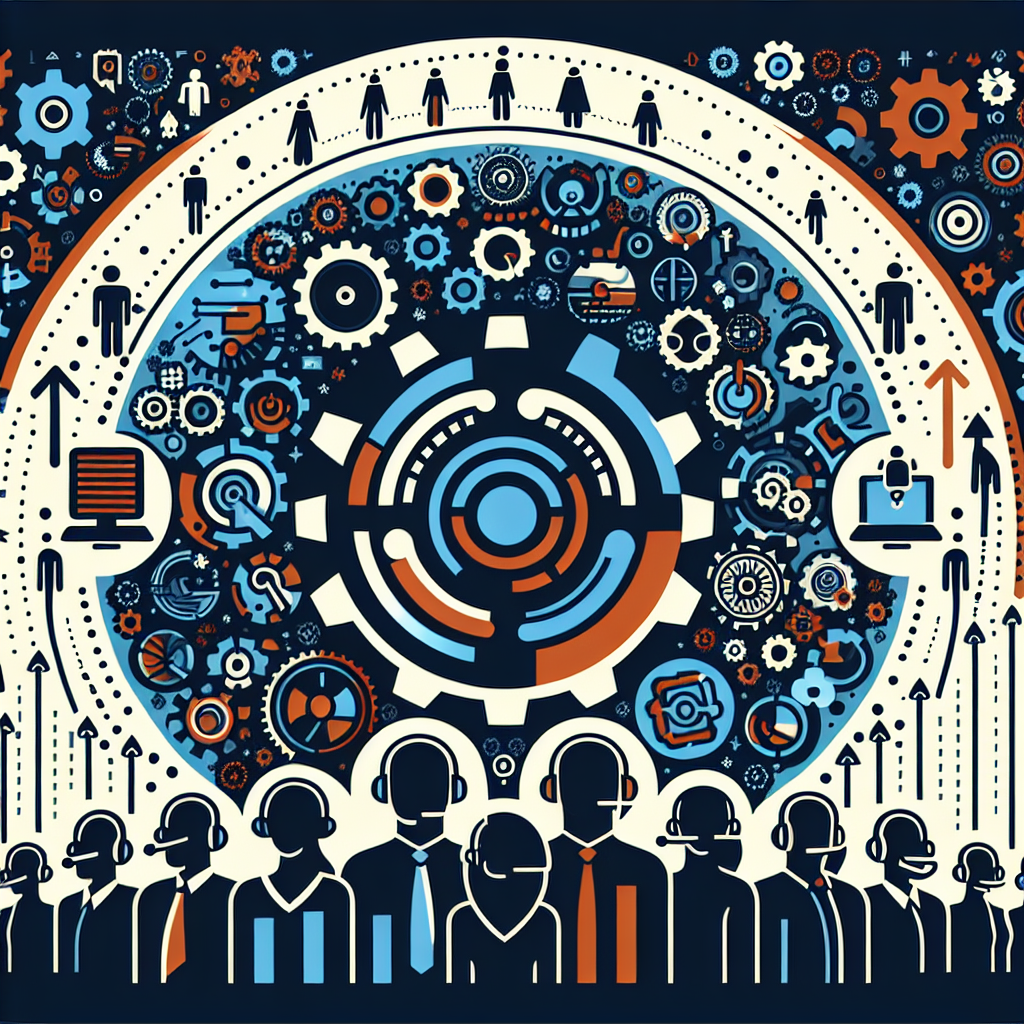A help desk is an essential part of any business, providing crucial support to customers and employees alike. However, ensuring the help desk is performing at its best and delivering top-notch customer satisfaction can be a challenging task. To help improve help desk performance and boost customer satisfaction, here are some top tips to consider:
1. Provide comprehensive training: One of the most important factors in improving help desk performance is ensuring that your staff is well-trained and knowledgeable about the products and services they are supporting. Providing comprehensive training programs, ongoing education, and regular performance reviews can help keep your team up to date and ensure they are equipped to handle any customer inquiries effectively.
2. Implement a ticketing system: A ticketing system can help streamline the help desk process by organizing and prioritizing customer requests. This can help ensure that no request falls through the cracks and that all inquiries are addressed in a timely manner. Additionally, a ticketing system allows for better tracking of customer issues and can provide valuable data for improving help desk performance.
3. Set clear goals and metrics: Establishing clear goals and performance metrics can help keep your help desk team focused and motivated. This can include metrics such as response time, resolution time, customer satisfaction ratings, and first-call resolution rates. Regularly tracking these metrics and providing feedback to your team can help identify areas for improvement and drive better performance.
4. Foster a positive work environment: A positive work environment can greatly impact the performance of your help desk team. Encouraging open communication, providing opportunities for professional development, and recognizing and rewarding good performance can help boost morale and motivate your team to deliver exceptional customer service.
5. Utilize technology: Investing in the right technology can help streamline help desk operations and improve efficiency. This can include tools for remote support, chatbots for quick responses, and knowledge base systems for easy access to information. By leveraging technology, you can help your team work more effectively and provide better support to customers.
6. Solicit feedback: Customer feedback is a valuable tool for improving help desk performance and customer satisfaction. Encourage customers to provide feedback on their experience with the help desk, and use this information to identify areas for improvement. Additionally, regularly surveying your team for feedback on processes and tools can help identify ways to enhance performance.
By implementing these top tips for improving help desk performance and customer satisfaction, you can help ensure that your help desk team is delivering exceptional service and support to customers. By investing in training, technology, and fostering a positive work environment, you can help your team meet and exceed customer expectations, leading to increased satisfaction and loyalty.









